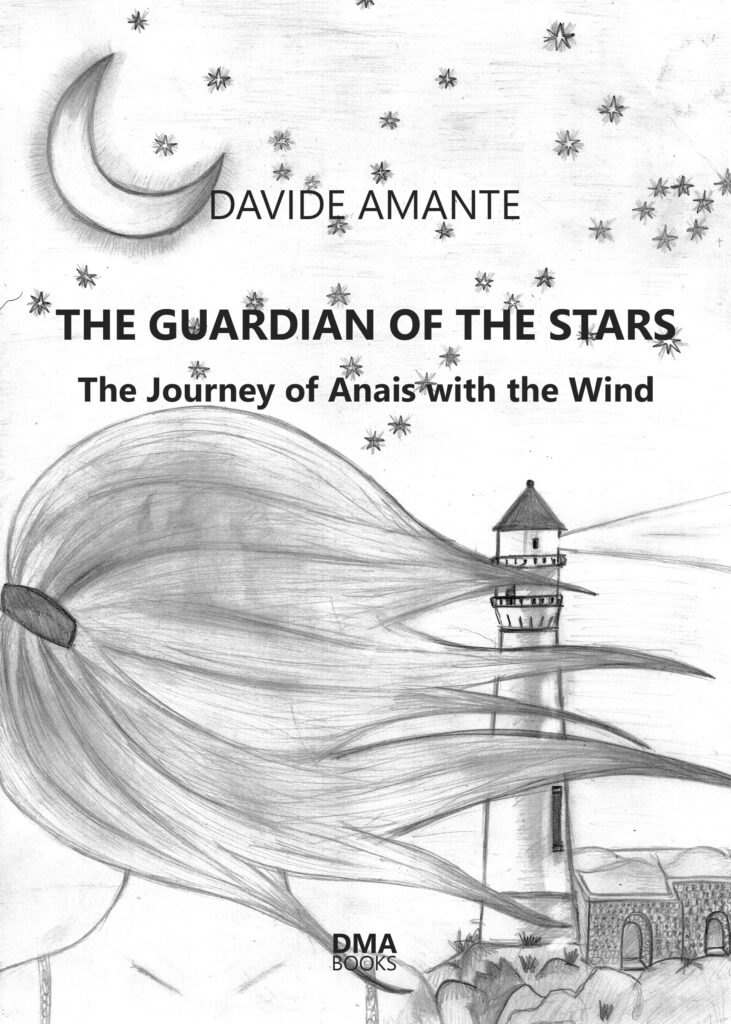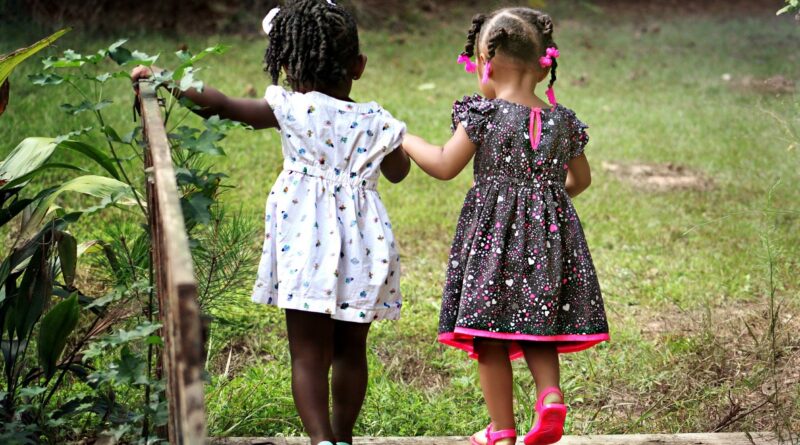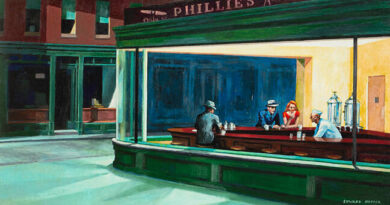School and Covid-19. Interview with the author Davide Amante on Dialogic Reading in times of Covid-19 and some advice for teachers and families.
We introduce dialogic reading together with Davide Amante, author of the bestselling book for children The Guardian of the Stars – the journey of Anais with the wind. A topic of particular interest for teachers and parents, especially in times of Coronavirus, Dialogic Reading is useful not only for developing children’s school skills but is also and often an effective solution for children with dyslexia problems.
Dialogic reading is considered a cutting-edge method for raising children and young people by reading books. We try to understand what Dialogic Reading is, where it leads, and how it facilitates children in the school learning process and stimulates them to participate in a shared and reasoned understanding of a book.
Davide Amante is the author of the bestseller, The Guardian of the Stars – the journey of Anais with the wind, defined by our Book Review: ‘Certainly the closest children’s book to the Little Prince in terms of quality and content we have ever read. But now the protagonist is a female. ‘ The book, much appreciated since it was released in 2019 in Europe, is now launching in the United States and we take this opportunity to share with the author what it is all about.
Davide Amante, before addressing Dialogic Reading with you, we would like to exchange a few words about your book. We know it is having enormous success and is now launching in the United States.
Yes, The Guardian of the Stars – the journey of Anais with the wind is really appreciated by the readers and I’m happy for this. I believe that many have understood the essence of this book, which through simplicity deals with fundamental themes such as love, emotions, fear and courage, adventure.
Someone said that your book is contemporary in that you chose a girl as main character.
Anais, the main character of my book, sometimes feels a little lonely and decides to face a sudden windstorm and go and discover the other side of an island. In her character there is courage, intuition, will, initiative. Too many times I have seen these concepts associated with us males, when instead I have always observed the greatest sensitivity, courage and resourcefulness in females. It seemed natural to me that the main character had to be a female, a girl.
The Guardian of the Stars – the journey of Anais with the wind, as it says in the back cover, is a poetic and literary work in the guise of a short story for children. Can you explain how the story was born?
Yes, it’s a story for children but it’s also a work for adult readers. I tried to explain the essence of living and growing. In reality, the book is part of a series of stories that I told my daughters every night before going to sleep and that I invented on the spot. I went off the cuff and it was a lot of fun to let each night the imagination run free without any restraint. One of these stories had amused me more than usual as I told it and so I decided to write it. This is the way The Guardian of the Stars – the journey of Anais with the wind was born.
We know that the book has been a great success in Europe, so much so that you were invited by some public and private schools to read and discuss parts of the story in classes.
Yes, I was invited by some schools, as part of a Governments initiative to promote reading in children. I read some parts of the book and answered the innumerable questions by the children, who absolutely wanted to know what was the life of an author and where the inspiration to write books came from. Children are incredibly fast in understanding certain things and with them you can establish a really deep dialogue with simplicity.
So let’s address Dialogic Reading. Can you explain to us what dialogic reading is?
Dialogic reading is the process that is based on developing a dialogue with the children around the text they are reading. When reading, especially to younger children, adults often read the text and children follow. On the contrary, with dialogic reading, the adult starts to read the text and then stimulates the child to become the ‘narrator of the story’.
So the child actively participates in the reading, can you explain us in detail?
Dialogic reading is based on the consideration that the ‘way’ in which we read to children is at least as important as the ‘frequency’. When an adult reads to a child, he or she often holds the book in his or her hands and the child passively receives information, the child’s imagination follows the rhythm of the adult storyteller. However this should not happen because the point here is the children’s imagination and their immense ability to extend it anywhere. Dialogic reading therefore consists of in a closer interaction between adult and child, in which the child is at the center of all. In practice, while reading a page, the adult asks questions to stimulate the children to explore the text on a deeper level and thus an active dialogue is established during which definitions of new words emerge, analysis of parts of the story, and the ability to express one’s own opinion on the story itself. In other words, dialogic reading is a guided reading method that stimulates the child to an interpretative and critical attitude.
In the case of younger children, everything revolves around a simple sentence or an illustration, or even a single word, while with older children, attention is paid, for example, to discussing and interpreting a paragraph just read by the adult.
Is dialogic reading effective?
In my opinion yes, it is very effective and useful.
And in times of Coronavirus?
These days families often tend to get closer and spend more time together. Dialogic reading thus becomes a very useful tool for parents to stimulate children to think and interpret things just like it happens every day in the classroom. All that needs to be done is to take a good book and read it all together, letting children free to interrupt and give their limitless possible interpretations.
What advice do you feel you can give to families and teachers in these difficult times governed by Covid-19?
Covid-19 has a strong impact not only on the great health risks for all of us but also on our imagination. It is a still partly unknown phenomenon, the extent of which we are learning every day. This inevitably frightens and can lead some to a darker view of life. But we must not forget that these are precisely the moments in which man, in history, has given the best. We should remember that the future is not something that just happens but we can guide it, direct it, partly determine it with our confidence, with our optimism and with our will to live. This applies to all of us, whatever work we do and in whatever situation we find ourselves. Precisely that imagination that scares us about the future thinking about Covid-19 is actually the most important resource we have. This is the time to turn to our imagination and our desire to fight and build a better future. Books in this sense are important because reading opens us to the infinite possibilities of life.

What are the origins of dialogic reading?
Dialogic reading is often presented as an innovative and cutting-edge tool, albeit with a bit of exaggeration. It has been theorized in recent times for example by the Interactive Reading Model by David E. Rumelhart in 1977 and then even more specifically by Grover J. Whitehurst in the early 2000s, with the Stony Brook Reading and Language Project, in an attempt to offer a solution to the lack of skill and talent in solving problems, which was particularly evident in the children of the less well-to-do classes in the United States, who rarely had the opportunity to read books. It is a commendable and important initiative, which has allowed the school to tackle and partially solve this problem.
Dialogic reading interprets the text that is being read and develops the interpretation in unpredictable directions. This means an extended exercise of the imagination by the child, who thus gathers all the experience and curiosity to interpret and understand the world. It is a fundamental exercise that strongly stimulates children, while having fun at the same time.
Is dialogic reading a cutting-edge tool?
Dialogic reading is an important tool and should certainly be promoted.
When was dialogic reading born?
It was common for peasant families to gather around the fire in the evening and involve children in oral narration or in reading fairy tales. This reading, from the point of view of the child, did not take place passively by listening to the adults but on the contrary consisted of spending the evening reading some pieces and interpreting their meaning all together. Families who did not have books told stories orally, often creating them on the spot. Children asked questions, paused on a detail of the story, proposed an interpretation of the facts narrated. Adults, in turn, responded, deepened, approved or discussed the interpretation of the facts advanced by the youngest. Where there were no answers, perhaps due to ignorance of historical facts, the imagination intervened and there the spark would strike: often, under the stars and at the heat of the fire, families reached unknown territories and ended up creating completely new stories. They were fascinating and stimulating diversions that then ended with the return to reading the text if there was any. Many of the most beautiful fairy tales were born this way. The expression Dialogic reading was born in America, it often excited lonely nights under the stars on the trail West and the indigenous Indian populations did more or less the same thing. The educational system of the United States has had the great advantage of trying to bring the concept of dialogic reading back to a method that can be used anywhere in the school. In this sense, it is certainly at the forefront and is a very effective tool.
So the function of dialogic reading is to stimulate the child?
Yes, it is an active participation by the child in reading. And it happens thanks to the interaction with the adult. This aspect must be very well evaluated because it is, in my opinion, extremely important for two reasons. The first is that the text, the story, becomes an aggregating element for the family, which involves everyone with opinions, thoughts and even digressions on the subject, which are very important because they are based on the experience of each individual family and allows the child to understand that one’s personal experience is comparable with the world, indeed it itself makes the world. The second important reason is that the child learns, thanks to the method of dialogic reading, to interpret and therefore ‘read’ (in the sense of understanding) the world.
Does dialogic reading require commitment from the family?
Not at all. Dialogic reading is very simple. It consists of sitting together with the children and devoting time to them, but based on quality, that is, a written text. All you have to do is basically read and then talk about what you have read.
Where does the dialogic reading take place?
Especially at home, but the method of dialogic reading is starting to take hold in schools as an educational method. If in the United States it is now common, in other countries it is still experimental but often used. The school method is obviously a little more complex and articulated than what we have said here, for example it is implemented through the PEER sequence and the CROWD prompts. But these are technicalities that concern teachers more specifically. The dialogic reading in its essence is simple and direct.
We conclude with your book The Guardian of the Stars – the journey of Anais with the wind, is it suitable for dialogic reading?
Of course, the book was born just like a story that unfolded unpredictably.
The Guardian of the Stars – The journey of Anais with the wind
Click here to buy on Amazon.com
ISBN 9788894315677.
78 pages with original pencil illustrations.
Author: Davide Amante




